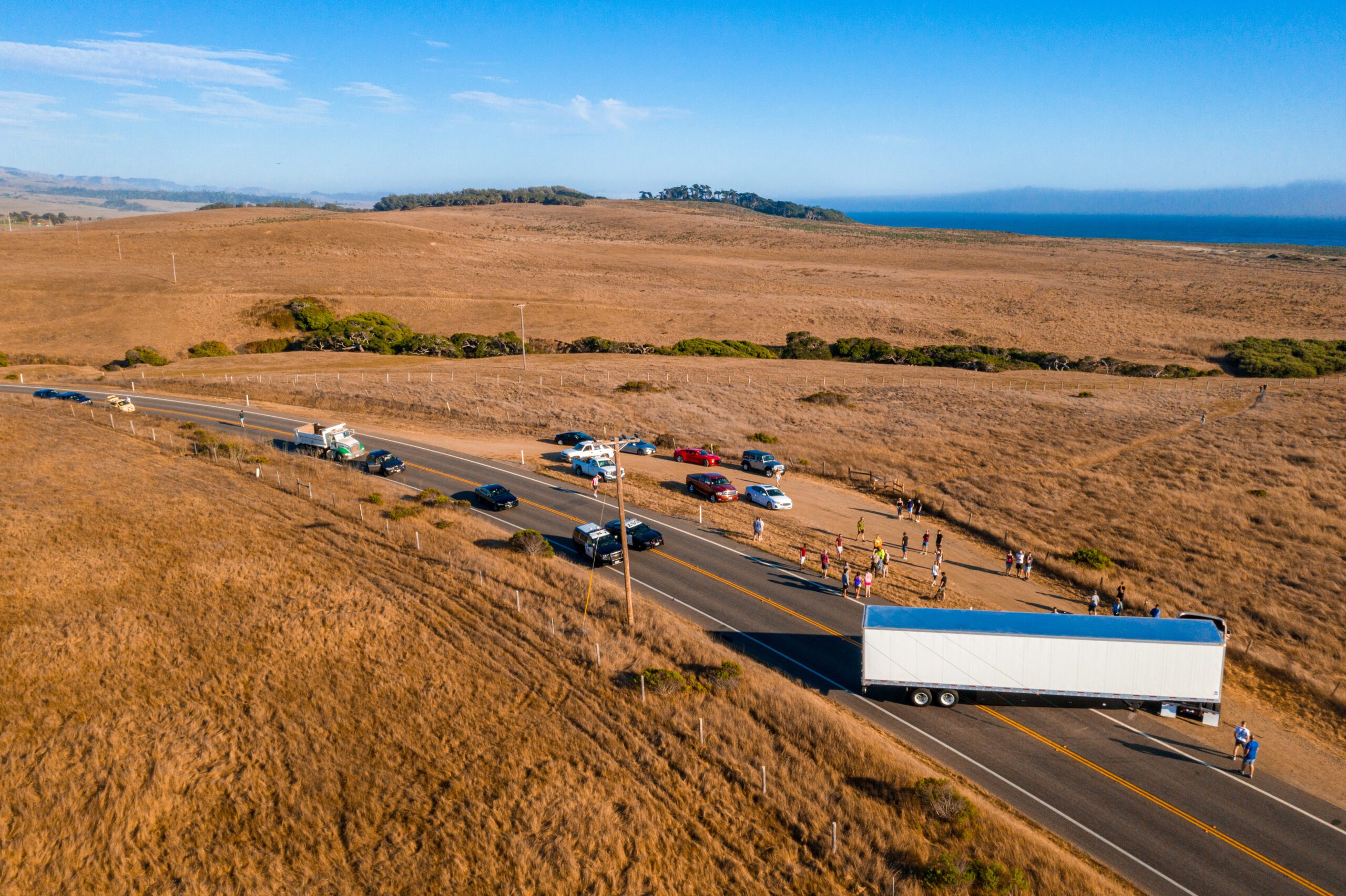When responding to emergency situations, sharing rich, multimedia information is critical to saving lives – both police and civilians. Here are three ways interoperability in law enforcement improves police response and brings people together to make communities safer.
by Dan Willingham, Mutualink Executive Director SLED Sales
Traditionally, police officers roll up to emergencies with little information. Despite best efforts by dispatchers, in many situations, officers only have minimal information provided by the caller and shared over the radio by the dispatcher. They don’t truly know what they are facing until they get there – and that hasn’t changed in decades.
Today, technology has created a new reality in law enforcement. Officers no longer have to guess about the situation they are racing toward, and they don’t have to go it alone. In a world where police leaders are being asked to do more with less, putting more and better information in the hands of first responders has become a powerful force multiplier.
Here are three ways interoperability in law enforcement can improve police response.
1. Accelerate Notification to 911
According to American Police Beat, the national average police response time for an emergency call is 10 minutes. That ten minutes can seem like a lifetime in an emergency and the clock can’t start ticking until the 911 process is initiated.
When lives are on the line, the fastest way to alert911 goes beyond making a phone call. Now, the technology is here to deliver emergency notifications directly to the 911 center. 911 receives direct information about when, where, and what the emergency is occurring and can create immediate interoperability between responders.
School Safety Panic Button: There are two types of panic alarm buttons. One is a “hard” button that can be in a fixed location or placed in a pendant or keychain. The other is a “soft” button, which is typically a smartphone app.
Many institutions implement both, and because both soft and hard buttons do the same thing, it makes sense to integrate them into a single platform that also triggers interoperability among the responding agencies, public or private. Whether soft or hard, the panic alarm automates the 911 emergency response to shorten response time
IoT Sensors: Integrating IP-based sensor information is another way to get a jump on emergencies. Environmental flood sensors could detect a flash flood and trigger a response that establishes interoperability between public works and first responders to shut the road down before the flood traps a citizen in their car. The collision notification feature of the GM Onstar system was an early example of faster notification time. In the event of a collision, the system automatically connected with emergency personnel, who could then determine whether the passengers required medical assistance.
2. Preprogram and Automate Response
Emergencies are unpredictable; the who, what, when, and where of police work are unknown until the incident unfolds. Emergency environments are not static events – new threats are rapidly emerging requiring a “whole of government” response. This is why collaboration plans need to be in place with first responders, secondary responders, and community partners before emergencies occur. Societal expectations of police require a law enforcement communications approach that looks beyond jurisdictions to bring all resources to bear when needed.
Public safety agencies need to meet the expectations of citizens who live in a “real-time” world and have voice, data, and video constantly available and at their fingertips. Interoperability in law enforcement goes beyond just bridging voice communications. The community needs public safety to be able to share data and video that creates better situational awareness for the safety of the public and the responders. Now, these information sources can come together into a single pane of glass for public safety and be shared across agencies and jurisdictions.
True interoperability begins by connecting disparate land mobile radio (LMR) systems, so a user on one public safety network can talk or message someone on a different radio network. But to push more intelligence to first responders, interoperability in law enforcement must go further.
It’s critical for agencies to leverage broadband to improve the performance and extend the coverage of their radio systems by connecting radio and smartphones with LMR to LTE interoperability. This powers Mission Critical Push-to-Talk (MC-PTT) applications and delivers not just voice but files, imagery, and video to the first responder. Coordinated communications make for stronger and more effective police, whether they are responding to emergencies or building community relationships.
Read how the State of New Hampshire implemented interoperability here.
3. Superior Situational Awareness
There is an old expression “to be forewarned to be forearmed.” Rich media delivery means police can know what they are heading into and be better prepared. That’s the definition of superior situational awareness.
For example, access to cameras in a mall shooting could arm police with the critical information they need to overcome the shooter minutes faster- saving lives. With True Interoperability, not only can an image of the shooter be shared with those arriving on-scene, but police will be better prepared when they get on the scene with information about what direction the shooter is traveling, what type of weapon he/she is armed with, how many people may be injured and more. It is unprecedented to share this type of information across agencies in the few minutes of a mass casualty event. Once LMR to LTE interoperability has been set up, police agencies can push all the intelligence once trapped inside a Real-Time Crime Center (RTCC) to the first responder.
School emergencies are another example. With the right technology, responders can be talking to personnel inside the school, sharing video, floor plans, and the location of the intruder(s) – all before arriving at the scene.
Bridging voice, video, IoT systems, and data communications into a single platform that instantly bridges voice communications and creates data and video interoperability among first responders improves situational awareness and makes for improved police response – every day and in any emergency.
LNK360™ – Delivering Interoperability That Helps Police Protect Communities
Mutualink’s LNK360™ is the leading interoperability solution for smart communities, public safety agencies, schools, private enterprise security, hospitals, and critical infrastructure. Our technology and quality of service enable police to customize and configure advanced interconnectivity solutions.
Available as a software download, LNK360 is not a “rip and replace” solution. It uses an agency’s current communication assets and can be scaled to incorporate new devices as needed. Connect to our network via public or private LTE, satellite, or terrestrial broadband.
- Voice Communications – bridges all forms of government and commercial radio systems, LMR to LTE, mobile phones, Push-To-Talk apps, and IP and analog phones.
- Multimedia Sharing – Collaborate using group messaging, pictures, video – HDMI sourced VoIP.
- Creates on-demand communities and teams in managed talkgroups – within a city, a facility, an operational site, or across the nation.
- Offers secure end-to-end communications- encrypted using federally approved AES ciphers, mutually authenticated using standards-based public-key cryptography.
- Controls information sharing – control of communications and data assets through our peer-to-peer distributed architecture.
- Available on both IOS and Android platforms.
The Freedom to Control Your Information Sharing
Mutualink’s technology is unique because it allows agencies to keep exclusive control over their communication assets by deciding in real-time what is shared, with whom, and when. Mutualink solves the most complex interoperability challenges while giving agencies total freedom to improve response:
- Freedom to Unify communications across agencies, divisions, or field teams while maintaining control of information.
- Freedom to Connect across devices, systems, applications, and data sources to drive collaboration and information sharing.
- Freedom to Act by automating processes and response, drive decisions with meaningful data and real-time communications.
A Trusted Public Safety Solution
Mutualink is trusted by thousands of public safety agencies nationwide and manages FEMA’s Interoperable Gateway System (IGS), which is part of the U.S Government’s National Continuity Program (NCP). Mutualink is the only multimedia interoperable communications product that is Safety Act certified by the Department of Homeland Security.
There has never been the ability to deliver more on-scene intelligence to the officer. Bridging voice, video, and sensor data through interoperability in law enforcement make for safer officers and more resilient communities. For more information on our public safety solutions, click here.
Dan Willingham is Mutualink’s Executive Director of SLED Sales. Dan’s experience includes 7 years of active duty service in the US Air Force specializing in Logistical and Operational Support throughout many operations in USAFE and 15 years of public safety solution leadership.





